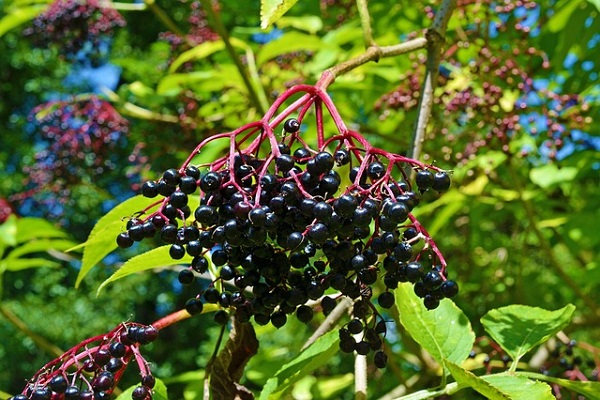
0800 377 7507
Get in touch101 on hedgerow berries
Ever wondered which of the hedgerow berries are safe to pick and how to identify them? Sloes and elderberries are often talked about at this time of year, but what if you’re not sure how to spot them and then how to turn them into a delicious drink or infusion? MOLLLY MAID, the professional domestic cleaning company, shares some top tips on hedgerow berries:
Sloes & Elderberries
They’re often used to make sloe gin, so why not try something different like Sloe Wine as it’s possible to brew wine from sloes and sugar and invariably it’s cheaper than gin too!
Identifying them:
Sloes, wild damsons and wild cherries are all from the same family. The main problem seems to be differentiating sloes and wild damsons as they are both small and dark. Sloes are the fruit of blackthorn trees and have sharp thorns and wild damson trees do not. Damsons have longer stems so hang and look more like a tiny plum. Sloes have shorter stems and hug the branches more.
Elderberries can cause some confusion when it comes to identifying them from other berries that could be toxic. The main thing to remember is that if you are unsure at all, do not pick them and do not eat too many when they are raw as they can have toxic qualities. Elderberries come from the Elder tree and has opposite compound leaves that are serrated. The veins of elderberry terminate at the tips of the “teeth,” if they don’t end before that point. The Elder tree bears small, white or cream coloured flowers in late spring that give way to berries. The flowers can be used for many things, from syrup to champagne. What separates elderberries from some other berries which can look similar is bark. Elder is a woody plant and has bark with small warts all over it. The actual elderberries droop and connect to woody stems and grow on branches with NO thorns.
Best time to pick: Wait to pick sloes after the first frost or cold night. However, if you don’t want to wait until then, pop them in the freezer overnight (but not longer). If you find a good amount of elderberries, it will save you the time and money of having to include grape juice into your wine as they have almost the same properties as grapes apart from the sugar content. You will need three parts of sloes to two parts of elderberries.
Method
- Pick around 1.4kg of berries to make around 4.5l of wine.
- Start with 1.4kg of sugar (same amount as the weight of the berries).
- Separate the berries them from stalks and leaves.
- Clean your bucket and scald with hot water, then pour the fruit and sugar in.
- Pour some more hot water over, then stir to help dissolve the sugar.
- Bash the fruit about a bit with a potato masher or rolling in (watch out for staining).
- Then top up with cold water to whatever quantity you’re aiming for.
- Assuming it’s not too hot by now, add wine yeast.
- Some may prefer to remove the fruit at some point of the fermentation process, but it’s really good if you leave it in.
- Add a tablespoon of sugar once every few days and try to stir the mixture once a day.
- Taste from time to time to ensure that it’s not too sweet.
- After six weeks, the yeast will have done it’s work and the wine will stop bubbling.
- Now strain the fruit through a sieve
- Ready to drink – lovely thick, unctuous sweet wine. It also makes a splendid gift in a pretty glass bottle.
Have fun concocting this wonderful drink made from berries found in hedgerows.
